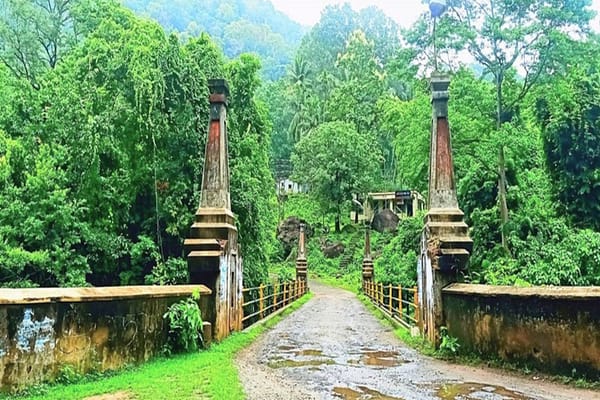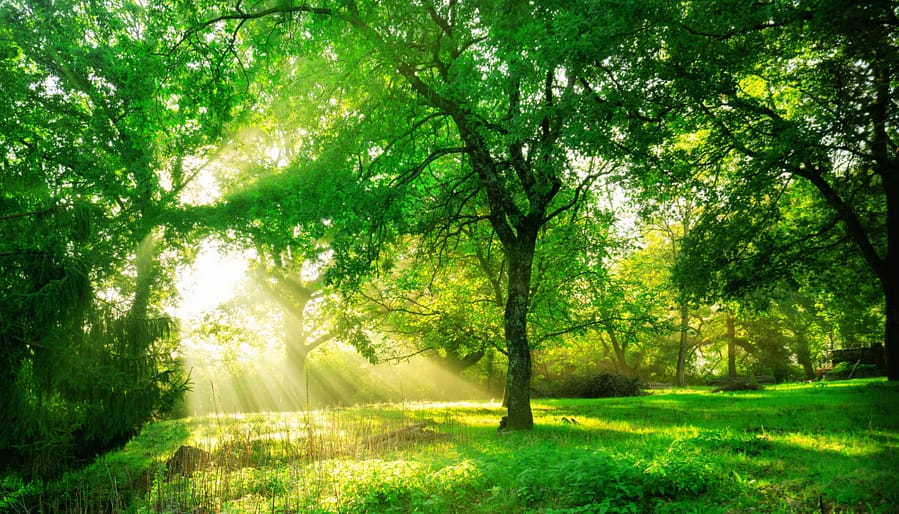
Kodayar
Master Addons gives your website a vibrant and lively style, you would love.

Kalikesam
Master Addons gives your website a vibrant and lively style, you would love.

Netta
Master Addons gives your website a vibrant and lively style, you would love.











